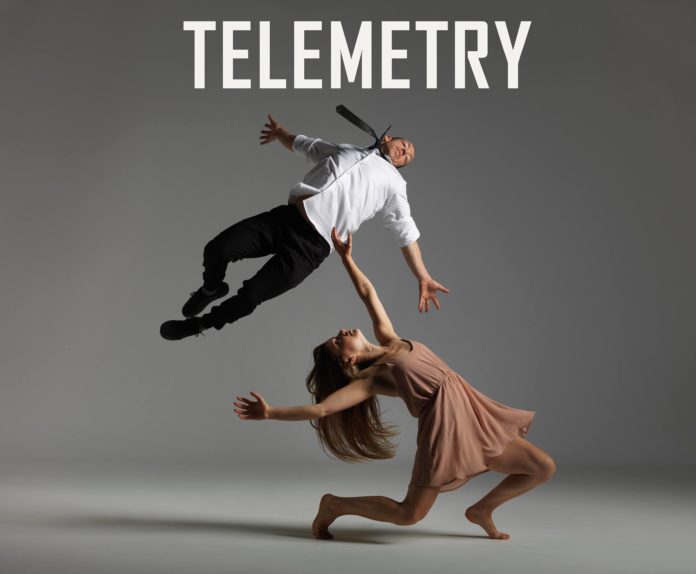Brittney Kent, Herald contributor
Shay Kuebler is the artistic director of the dance group who put on the show, “Telemetry,” Tuesday night at the E.A. Rawlinson Centre for the Arts.
The Prince Albert show marked the conclusion of the dance troupe’s third tour around the globe. The dance company kicked-off this tour in Germany which led them all the way to the National Art Centre of Canada in Ottawa, over to the Maritimes, then circling back to perform for audiences in the prairies.
“Telemetry,” for those who are unfamiliar with the definition, is “the science of measuring, using sound or wireless information,” according to Kuebler.
The entire piece, in and of itself, was incredibly unique. The show seemed to demand the extreme attention and focus of the whole body in order to interpret the pulsating and sweaty moves of what the dancers were trying to convey.
Leaving the piece wide-open for interpretation, Kuebler shared his vision of what the show was really about. “There’s definitely ideas on memory. There are scenes with duets and solos which are actually all based on physical states that are left in the body from trauma.”
These ideas were based on the Kübler-Ross Theory, which suggests the belief that there are five stages of grief: denial, anger, bargaining, depression, and acceptance. Kubler, – who interestingly enough, shares the same last name as the female Swiss-American psychiatrist who invented this theory, – spoke about how “this show was really more about the physical body and what comes out [of it].”
His vision of the show was to present it in a way that was free of text/script/narrative, leaving it purely physical and all about movement and time and how they relate to one another when confronting grief.
All eight performers showed incredible discipline in the thoughtful ways they commanded their bodies to move. With a strong sense of contemporary hustle, the dancers let the sound lead and the light follow.
At times, the piece felt quite emotional. It was somehow clear amongst the organized chaos, that the dancers were portraying different experiences, yet all simultaneously. Robotic, yet fluid, each individual hurled their body like a soundwave, moving at different frequencies.
Their movements varied based on their individuality, resulting in a solid representation of grief and how much is varies from person to person.
The dancers put their best feet forward in delivering a powerful performance, while demonstrating their hour-long physical stamina and perseverance, leaving the audience raw with emotion.
Lighting played a crucial part in the performance. The show began with Danny, an incredibly talented tap dancer, setting the tone with (at times) soft and (other times), aggressive tapping – keeping the rhythm of light, sound, and movement for the majority of the show.
When asked how the lighting directly affects the piece as a whole, Kuebler explained “it’s interactive, so there’s a big push to have it [always] have some sort of cause and effect.”
Forty per cent of the lighting is done live, which means that whatever slick moves, Danny decides to lead with during any specific performance, the lighting follows suit.
While it took the performers roughly seven to eight weeks to create and choreograph the original piece (50-60 per cent of that time was integrating all of the lighting), Kuebler expressed how “it always changes. It’s cool because the more times the show happens, you just find new things to shift and alter. The rhythm gets deeper, better.”
Kuebler’s dancers have some time off before returning to the stage next January in Israel, marking the debut of their fourth tour.


